Vivo NEX Dual Display Review
Vivo NEX Dual Display Review
Is this unusual concept worth it?
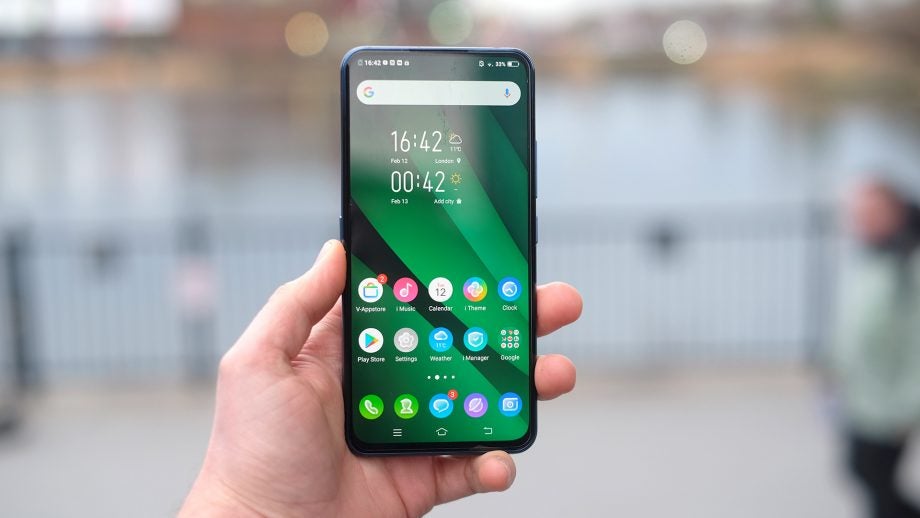
Verdict
An unusual concept executed well, but it's still not enough to pull most away from more conventional designs
Pros
- Great selfies
- Second screen lets your subject see the composition
- Both screens are of high quality
Cons
- Just OK low light images
- Dual screens have limited uses
- Over-reaching interface software
Key Specifications
- Review Price: £600
- 6.39-inch 2340 x 1080 pixel Super AMOLED screen
- 5.49-inch 1920 x 1080 pixel rear Super AMOLED screen
- Snapdragon 845 CPU
- 12-megapixel rear camera
- 2-megapixel depth camera
- ToF camera
- 10GB RAM
- 128GB storage
- 3500mAh battery
What is the Vivo NEX Dual Display?
The Vivo NEX Dual Display is one of the strangest phones you’ll see in 2019.
This phone has two screens. There’s one on the front, another on the back. It’s an answer to the phone design conundrum of the moment: how do you fill the whole front of a phone with screen when the world is obsessed with selfies? Where are you going to put that selfie cam?
The Vivo NEX Dual Display solution is to just use the one camera array. Shove a screen on the back and you can see your beautiful face as you pose away for Instagram.
It seems overkill, and maybe it is, but most phone design trends of the moment, punch hole displays and screen sliders, are there to “fix” the same issue.
The Vivo NEX Dual Display will likely find a small band of techy contrarians who love its oddball style. However, unless you’re an inspiring influencer, the relatively conventional Honor View 20 is probably a better bet. Its camera is more versatile, battery life is far better and the punch hole screen is a much more “normal” approach to fitting in a selfie camera.
While not readily available in the UK, the Vivo NEX Dual Display costs around 700 Euro. At the time of writing it’s available online for around £600.
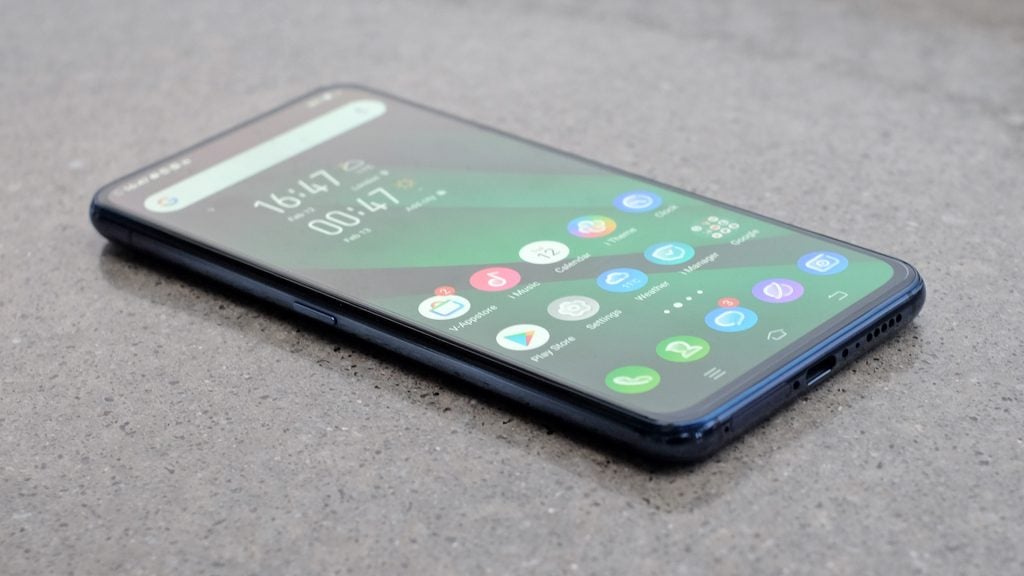
Vivo NEX Dual Display — Design and Display
The Vivo NEX Dual Display is a truly unusual phone. Front-on it has an ultra-desirable all-screen look. A few millimetres of border at each side mean it won’t have quite the visual impact of the Samsung Galaxy S10, but this phone isn’t quite as expensive as a top tier brand flagship either.
Its back is a completely different story. If you didn’t know about this phone you might assume some prankster had stuck a circle of clear plastic on the rear. But this is a disc of glass, and it sits over the two primary rear cameras.
The Vivo NEX Dual Display’s back looks like another phone’s front, but one something slightly strange has happened to.

What might happen to the Vivo NEX Dual Display over time is a bit of a concern too. Phones with glass on the front and back are extremely common, but you can’t cover up the rear with a case without taking away the NEX’s reason to exist.
After using the phone for a week, the rear has picked up a few scuffs towards the bottom of the rear glass and, perhaps more concerning, on the camera glass disc. When the front has a perfectly-applied screen protector, you have to wonder why there isn’t one on the back too. The obvious answer is “plastic doesn’t feel as nice”.
A phone covered in screens is interesting and problematic in equal measure.
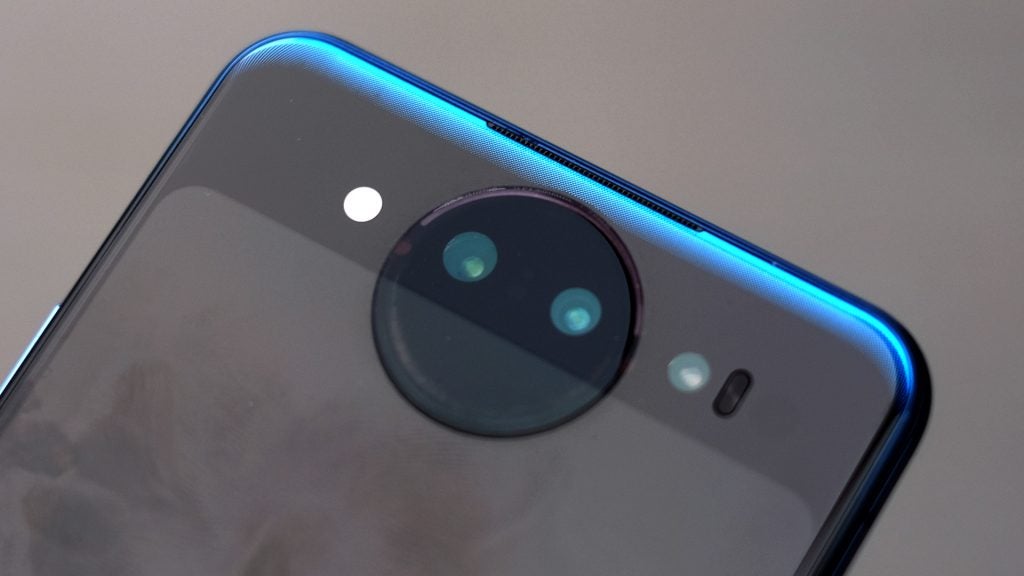
The way you use the Vivo NEX Dual Display’s two screens requires no great intellectual leaps, mind. It has two power buttons, one on each side. Approach the power button like any right-thinking, right-handed person and the screen currently pointing at you will switch on. Crucially, only one screen stays on at a time.
And, yes, about 35 percent of the time you’ll end up using the wrong one. For quickie message checks, it doesn’t matter. Anything you do on the main screen can be done on the rear one. However, run an app and the view will shrink a bit because Android thinks this phone has an extra-long 19.5:9 screen.
The rear screen has a 16:9 aspect. Remember those? To stop apps from having a hissy fit, the view squeezes down to fit, rather than confusing those apps with ever-changing resolutions.

Oddly enough, you can skip between two apps by switching between these sides, if you like your multi-tasking as awkward and clunky as possible. However, this isn’t the idea. The dual screen is here for selfies. But as this might seem like buying a new house because you don’t like the colour of the current one’s walls, Vivo has also packed in some extra uses for the dual display.
There are always-on screen displays for both sides, a whole stack of the things. You can show a wallpaper on the back or a series of analogue and digital clock designs.
Taking a little less of an obvious approach, you can make the screen load a social app when you play a game and then flip the phone over. Not only can I not get this to work, it’s a feature that almost seems a joke about what a terrible relationship we all have with technology.
Camera use is the only great application for the rear screen at present. Vivo tries its best to make more of the dual screens, but ultimately fails.

It’s a good job, then, that the actual screen quality is great. Both have Full HD-grade resolution Super AMOLED panels. The front is a 2340 x 1080 pixel screen, the rear has 1920 x 1080 pixels.
Typical of an OLED, colours pop and contrast is excellent. However, if you want a more relaxed “sRGB” style look, you can’t get it with a Vivo NEX Dual Display. There are no colour modes, just temperature tweaking. Most will be happy with the default look, though.
The Vivo NEX Dual Display screen also has an in-display finger scanner. These are used in a few phones now, including OnePlus 6T and Oppo RX17 Pro. This is one of the less impressive finger scanners of this type, though. It’s pretty picky, and often only works if you press fairly firmly on the screen.
That said, it does seem to improve as you get used to how it likes to be treated. It may even fine tune the fingerprint profile with further use, as the scanner’s reliability seemed to improve in the first week.
Vivo NEX Dual Display — Software
The Vivo NEX Dual Display runs Android 9.0 and a custom interface called Funtouch. It’s one of the more invasive UIs. There’s no app drawer. You need to keep on top of how you organise your apps a little more as a result.
In most recent Androids, a swipe up from the bottom of the screen takes you to this app drawer. But in the Vivo NEX Dual Display, it opens up the brightness control screen complete with toggles for features like Wi-Fi and Bluetooth.
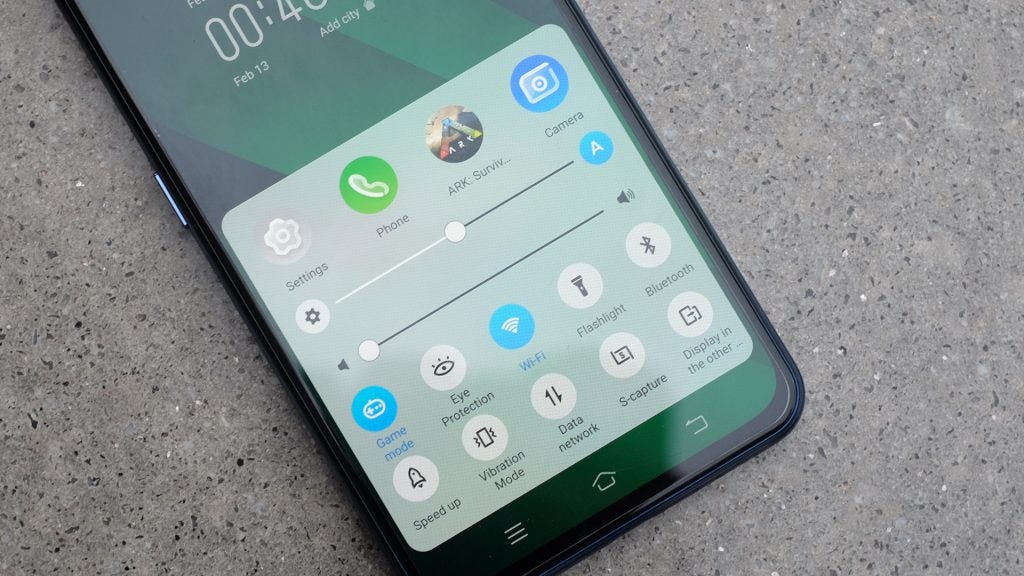
I approached the Vivo NEX Dual Display as fresh as possible, to get the experience you’d have when first starting the thing up. It took me a couple of days to even realise this was part of the UI. I was almost resigned to the idea Vivo had thought it was a good idea to remove the feature toggles completely as well as the app drawer.
Breaking from norms can be great, but it makes the Vivo NEX Dual Display a less intuitive phone.
Vivo also adds its own homescreen, a scroll of widget-like panels that show the weather, some app shortcuts, your calendar events and updates from “Jovi”. This is Vivo’s attempt at cobbling together a branded AI. It is not very good.
Jovi can tell you about upcoming sports events if you tell it what teams you like. Any vaguely “AI” parts of the camera are also called Jovi, and there’s a game mode that alters the Vivo NEX Dual Display’s behaviour while you play.
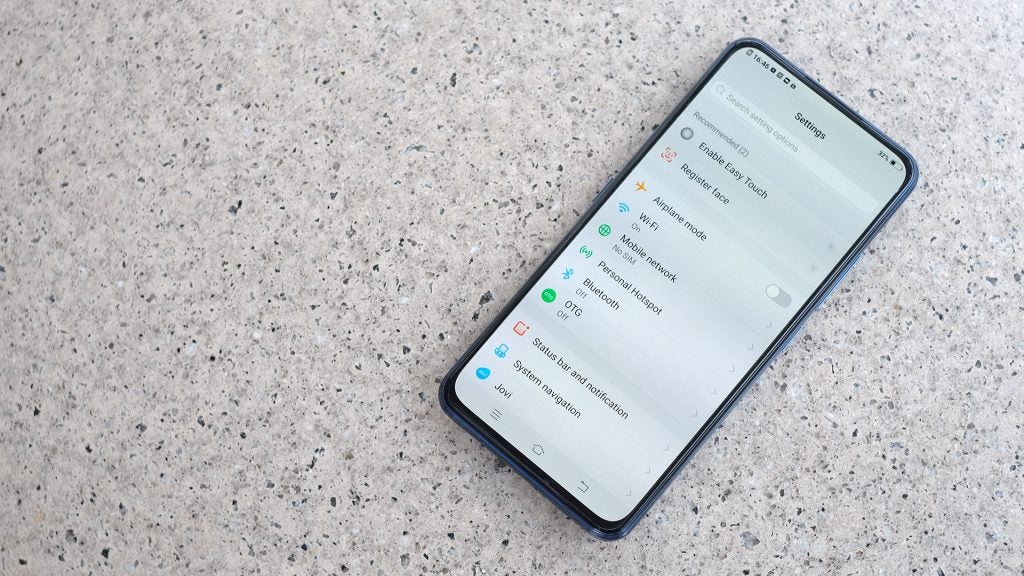
But none of this is really “AI”. It’s simply an attempt to make conventional features seem special by giving them a name and linking them, however loosely, to the concept of artificial intelligence. This is an over-reach on Vivo’s part, if a harmless one.
There are parts some people usually like in custom UIs, though. You can customise the interface quite a bit, changing app icon shapes and the grid layout of your homescreens. A themes app lets you download new looks for your Vivo NEX Dual Display, complete with different wallpapers, icons and clocks.
Vivo NEX Dual Display — Performance
All phones as powerful as the Vivo NEX Dual Display run well. It has a Snapdragon 845. That CPU may have been superseded by the Snapdragon 855 already, but many of the best 2018 flagships used the same processor.
It has eight cores, an excellent Adreno 630 graphics processor, and Vivo bolts a huge 10GB RAM onto it. This is, presumably, to allow more apps to stay open in the background, should you leave one trundling away on the rear screen. Either that or it’s a case of classic tech overkill, which is popular among Chinese brands like Vivo, looking to increase their prominence in other territories.
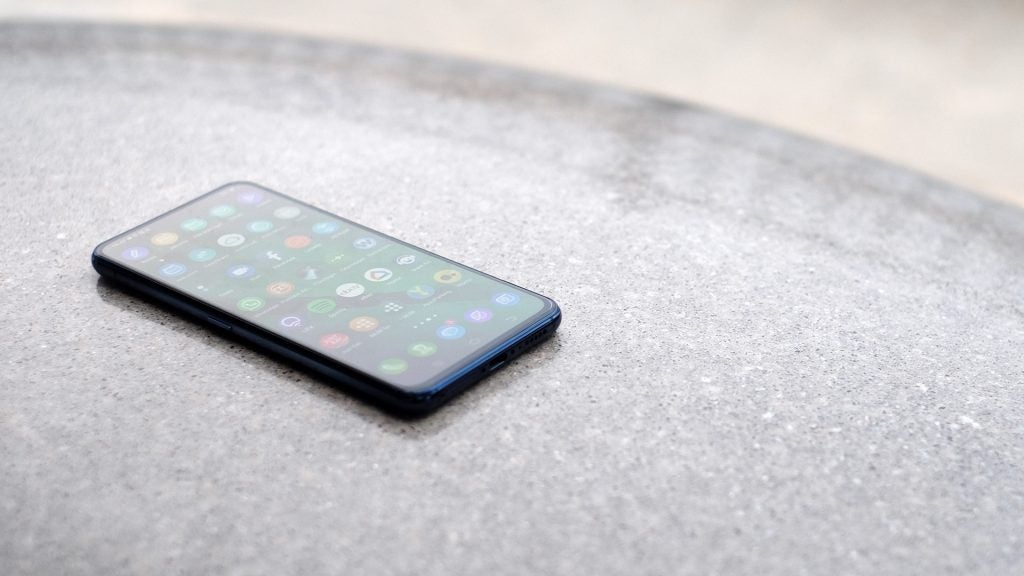
A phone this powerful takes away the training wheel-like restrictions you’ll see in a few places. PUBG will run at “High” graphics”. You can play Ark: Survival Evolved at “Epic” graphics without it becoming annoyingly jerky.
This phone seems to be blocked from using Geekbench 4, but there’s no new hardware to cover here. We’re extremely familiar with the Snapdragon 845 and its abilities. While on its way out, this is a great CPU.
Vivo NEX Dual Display — Camera
The Vivo NEX Dual Display camera is confusing in several respects. Let’s deal with the obvious one first.
There’s no front camera, which means you take selfies with the best sensor on the phone. However, If you suddenly want to take a selfie, you still have to flip the Vivo NEX Dual Display over. Perhaps two months into owning the phone, this won’t feel strange. But it still does after a couple of weeks.
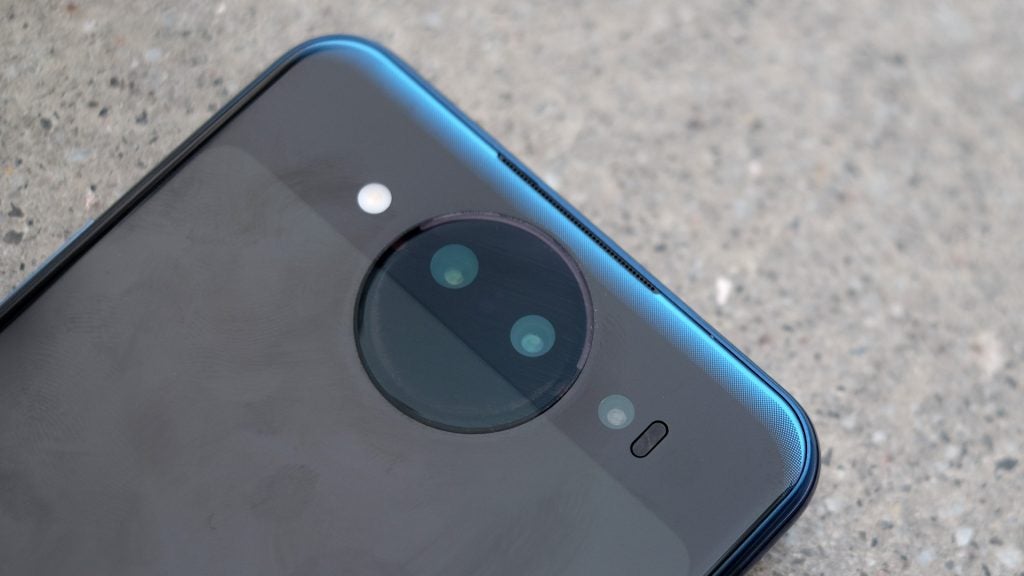
The underlying hardware is odd too. There are three cameras. The main one uses a high-quality 12-megapixel Sony IMX363 sensor, with an f/1.8 lens. No issue here, that’s a good combo.
Beside the main camera are a 2-megapixel depth sensor with an F/1.8 lens and a ToF camera, sometimes called a “3D” camera. The awkward relationship between these two shows how important ToF hardware is likely to be in the future, and how out of place it seems at present.
Both these cameras are effectively depth cameras. My assumption is the 2-megapixel depth sensor is used for background blur images, and the ToF camera is used for… almost nothing right now.
ToF stands for time of flight. In the Vivo NEX Dual Display it appears to use the IR transmitter beside the camera itself. This “illuminates” the scene outside the range of our eyes’ perception, and the camera sensor analyses the delay of the returned signal to work out how far away objects are. It’s like a camera laser autofocus assist, but for the entire scene rather than a single point.
Intriguing as the hardware is, Google’s augmented reality platform ARCore does not currently support ToF hardware. But it, clearly, probably will do in a big way in 2019.
Companies like Vivo, Oppo, Honor and potentially Samsung likely know something we don’t. They have all made phones with ToF cameras. This hardware is otherwise colossally pointless as right now, in February 2019, there’s no clear use for ToF hardware in Android.
The main camera produces generally very nice photos. In daylight there’s a solid amount of detail, colour strikes a good balance between punch and a natural look, and the Auto HDR is capable of dealing with tricky high light contrast scenes.
Several issues stop the Vivo NEX Dual Display from worrying the best-in-class cameras, though. Image sharpness diminishes significantly towards the edges of the frame, a sign the f/1.8 lens isn’t terrific. The phone’s exposure metering is also inconsistent. Shots can end up looking too bright, or even partially overexposed, even after the dynamic range tweaks have been made.

 This image would look better less exposed, as parts of the squirrel and the upper-left part of the sky are blown out or near blown
This image would look better less exposed, as parts of the squirrel and the upper-left part of the sky are blown out or near blown


A couple of years ago the Vivo NEX Dual Display’s low-light performance would have been considered “very good”, but these days it lags a way behind the best. The phone has all the hardware it needs. Its main camera has 4-axis stabilisation, which you can see working its magic even as your pan the camera across a scene.
However, at night it doesn’t have nearly the intelligent dynamic range boosting of the best, and is unable to brighten truly dark scenes enough to make them usable. It’s outclassed by the cheaper Honor View 20 and OnePlus 6T. For all its claims about Jovi AI, Vivo hasn’t put the most interesting applications of “AI” computational photography into the NEX Dual Display.

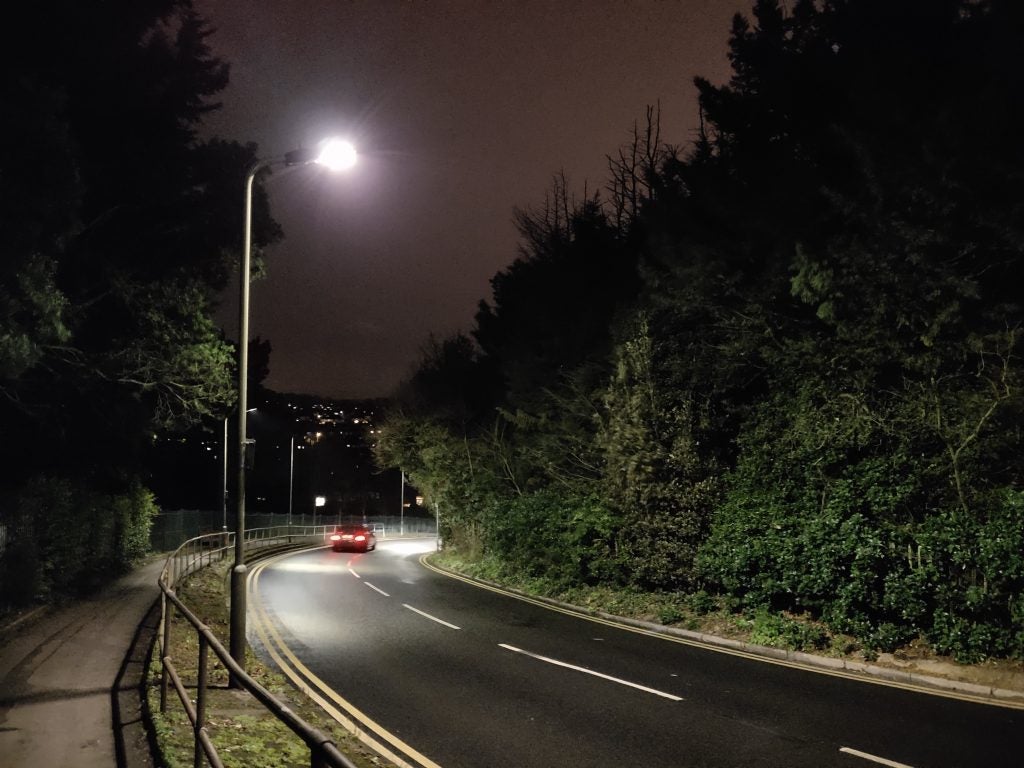
 Here’s a good example of the limited dynamic range at night. The brightest parts of the church are overexposed but the roof all but merges with the dark sky.
Here’s a good example of the limited dynamic range at night. The brightest parts of the church are overexposed but the roof all but merges with the dark sky.
 Phones with “AI” night modes can bring out this entrance to a local park at night, but the Vivo NEX Dual Display can’t
Phones with “AI” night modes can bring out this entrance to a local park at night, but the Vivo NEX Dual Display can’t
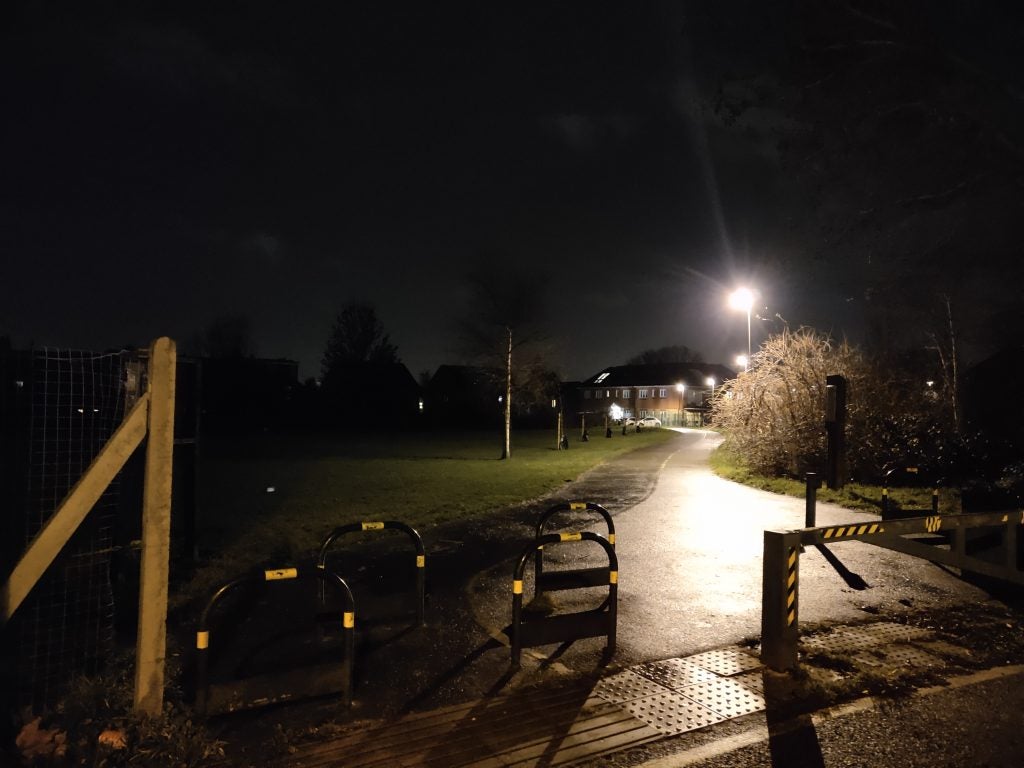
 Not only are these tree braches very dark, they are very yellow
Not only are these tree braches very dark, they are very yellow
Some parts of the camera app are disconcertingly odd too, perhaps highlighting the cultural differences between the UK/US and China, Vivo’s home country. There’s an entire section on the top layer of the camera app called Poses. It offers a catalogue of stock images of people under categories like “Stylishman”, “Hot” and “OnlineCelibrity”, so you can match them pose for pose.
The artifice of influencer culture laid bare, anyone?
There is a much smarter coaxing of our narcissism, though. The rear screen can be switched on even as you shoot a photo of someone else, letting them see how they are framed in the camera. They’ll need to be fairly close to see clearly, but this may be handy if they want to see how light and shadow lie across their face.
Selfies are, no surprise here, excellent thanks to the very high quality sensor. I am still more impressed by the tech of the Google Pixel 3 XL’s array, which uses two cameras to offer two fields of view and improve low-light image quality. But this high-quality, stabilised camera is hard to beat.
When shooting video, the Vivo NEX Dual Display can capture footage all the way up to 4K resolution, 60 frames per second. However, the kind of stabilisation it uses depends on the setting used. At up to 1080p, 60 frames the phone implements software stabilisation to remove hand judder and smooth out pans. At 4K resolution it reverts to the 4-axis optical stabilisation. This is very useful, but is not quite as effective as the software solution.
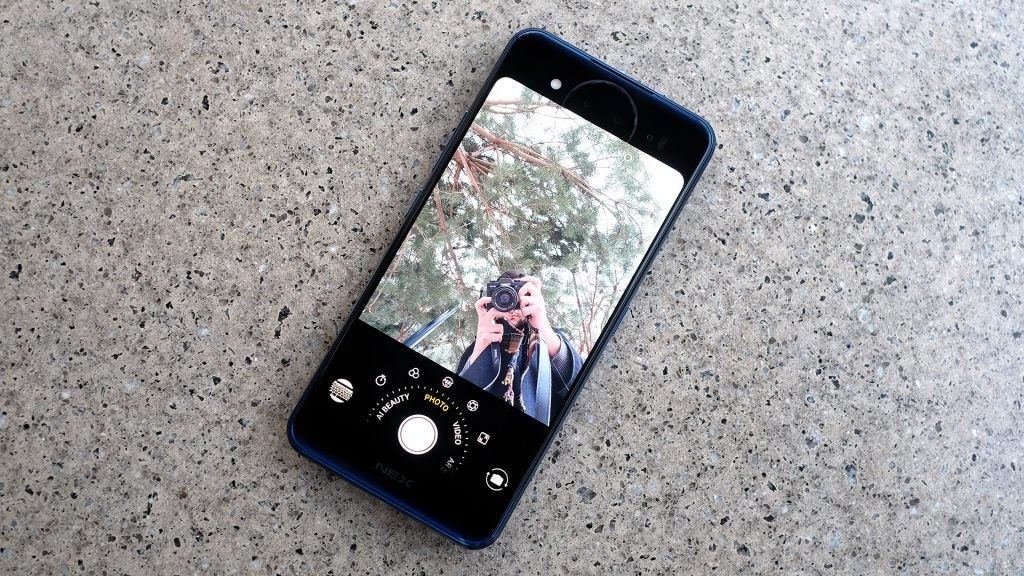
Vivo NEX Dual Display — Battery Life
The Vivo NEX Dual Display has a 3500mAh battery. This is a fairly conventional size for a phone with a 6.4-inch screen. That Vivo has not had to reduce capacity much in order to fit in the second screen is a relief, and proof of how nifty Samsung OLED screens are. Both displays on the phone use Samsung panels.
Longevity is fine here, if nothing more than that. The phone should last a full day even with moderate-to-heavy use. But on two or three occasions the battery level has been left at 2-3 percent at 11:30pm, as I inadvisedly watched another YouTube video despite attempts to ban phones from the bedroom altogether.
In the last few weeks I have used the Honor View 20 and Motorola Moto G7 Power. Both are far longer-lasting phones than this, and I don’t class the Vivo NEX Dual Display’s stamina as anything more than acceptable.
Its charger is a little strange too. An on-screen message suggests the Vivo NEX Dual Display has two batteries as well as two screens. This tech is used to great effect in the Oppo R17 Pro, where a very high power 50W charger takes the 3700mAh battery from flat to full in record time. Two cells are used to avoid overheating.
However, as the total charger output here is only 22.5W. If there are two battery cells inside, there’s not much point to it. Like having two separate depth cameras, it’s a head-scratcher. The Vivo also lacks wireless charging, but with screens in the way, this makes sense.
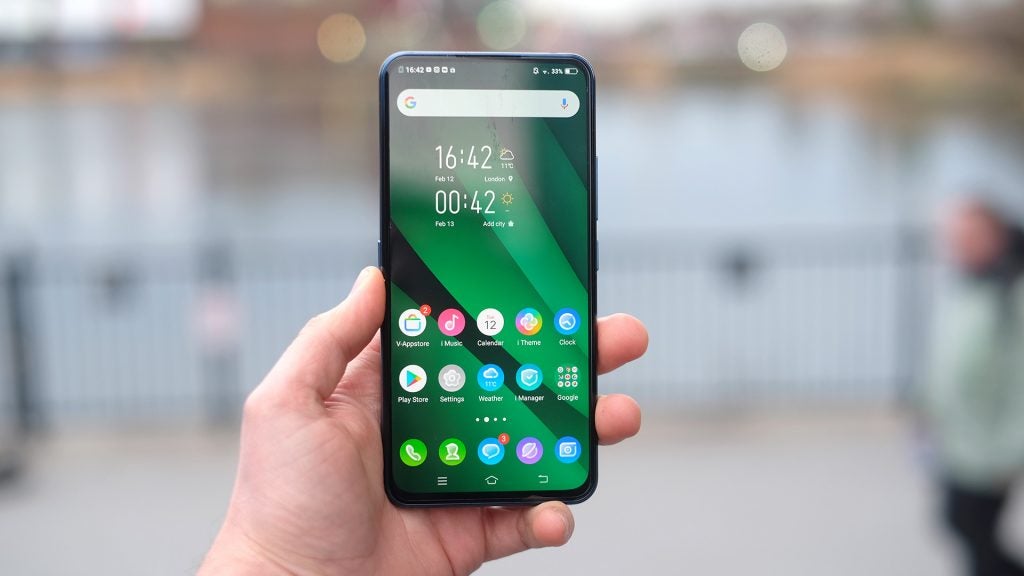
Why buy the Vivo NEX Dual Display?
The Vivo NEX Dual Display is not a phone easy to recommend to many people. Tech giants want to aspire the kind of awe climbers of Everest achieve. Why did you climb it? Because it’s there. Why did you make the Samsung Galaxy S10? Because we could.
The phone doesn’t make a great argument for dual screens, much as its execution, in terms of the quality of the displays, is more than sound. Such a product-defining feature needs several good reasons to exist, and Vivo has not found enough of them.
Its camera array is also confused, with three sensors but only one that is truly useful. And the glass housing is too prone to scuffs.
The Vivo NEX Dual Display is ultimately just what is seems. It’s an experiment relatively few people are likely to, or should, buy into. However, it could have been a lot, lot worse and has a real appeal for aspiring influencer types.
Verdict
An unusual concept executed well, but it’s still not enough to pull most away from more conventional designs
How we test phones
We test every mobile phone we review thoroughly. We use industry standard tests to compare features properly and we use the phone as our main device over the review period. We’ll always tell you what we find and we never, ever, accept money to review a product.


